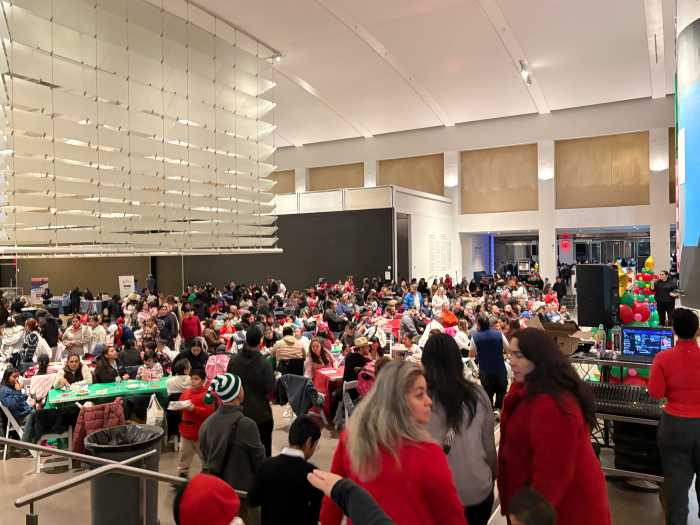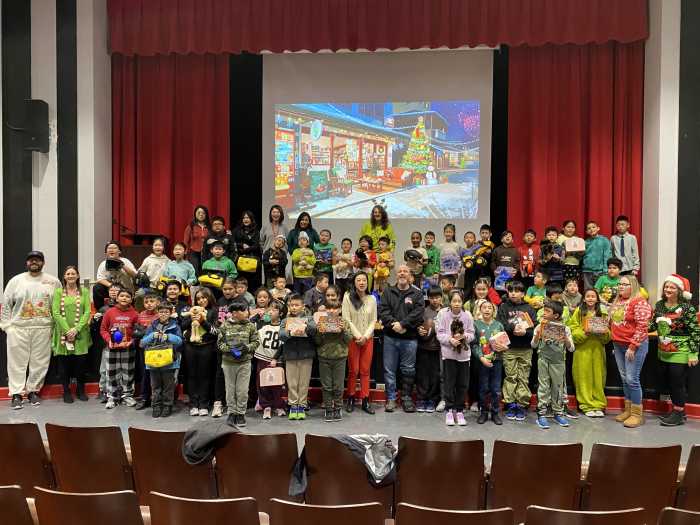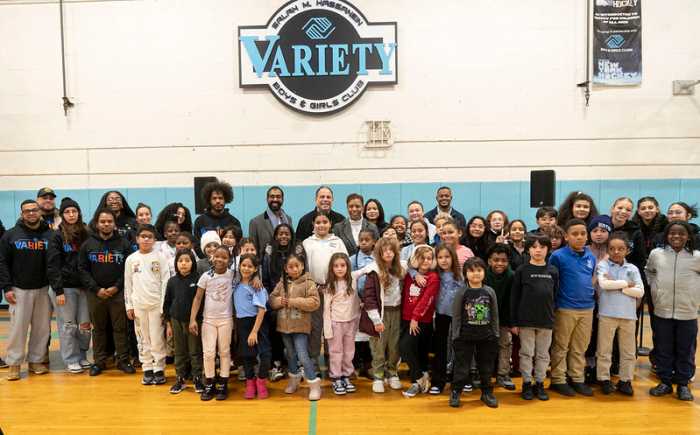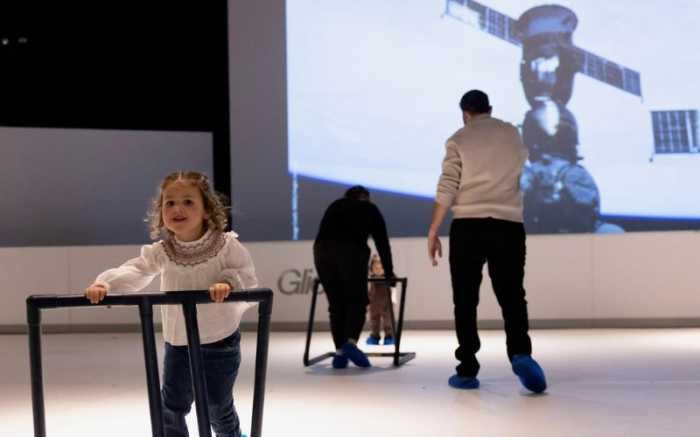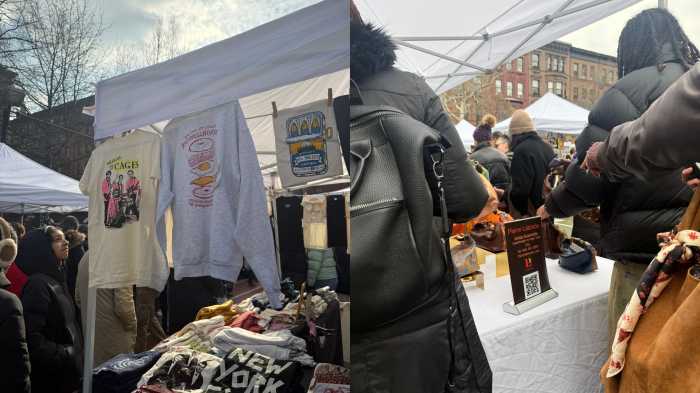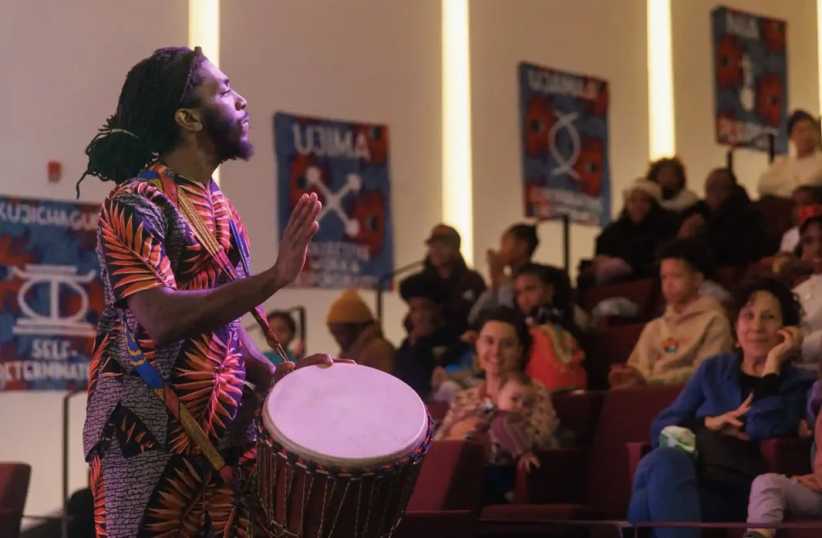BY GRANT LANCASTER
As New Yorkers have seen increased test scores and more personalized school experiences at charter schools in the city, the number of applicants for these schools has jumped 26 percent in the last five years.
Charter school students make up about 11 percent of New York City public school students, with an estimated 126,400 students. Each year, about 33,000 seats open up for new students at 260 charter schools across the five boroughs.
Many charter schools have their own application forms that parents can get from the school’s website, but some schools use the Common Online Charter School Application, allowing parents to apply for multiple schools at the same time.
The deadline for the common application is April 1. Some charters may have a later deadline, but in general, any applications submitted later than April 1 could be denied or result in the students being immediately waitlisted.
Next, the schools will narrow down a field of more than 81,000 applicants. Because of the high demand, some students are sure to get put on a waitlist. In order to keep the selection system fair, these schools use a lottery system to decide who they will accept.
But the lottery system is not completely random – charter schools are required to give preference to returning students, siblings of enrolled students and students that live in the same Community School District as the school. So students that apply to a local school have a better chance of getting in, and once one child in a family is accepted, others will have an easier time getting a seat.
Some schools also choose to offer enrollment preference to students that are academically at risk or come from low-income families, English language learners, students with disabilities and children of school staff.
One of the reasons so many people apply for spots at charter schools is that these students tend to test better than other public school students, with charter students testing at about 57 percent proficiency in English language arts and about 63 percent in math in 2019, compared to public school students who had about 45 percent proficiency in English language arts and about 46 percent in math, according to the New York City Charter School Center.
Another aspect that may attract parents is that charter schools have the chance to offer special learning programs or specialized curriculum to their students. For some students, this might help them think and learn differently.
Although some of these programs could be considered experimental, charter schools have a high success rate, with 113 operating in New York City for more than 10 years and only 20 closing since New York charter schools were created in 1998.
The demographics of charter schools looks different than the demographics of public school students as a whole, with a greater percentage of black students at charter schools than in public schools as a whole, according to the New York City Department of Education.
While 52 percent of charter students are black, 25.5 percent of the students in public schools as a whole are black. The percentage of Hispanic students is about the same, with 39 percent of charter students and 40.6 percent in public schools overall. Charter schools lack a significant percentage of Asian students, compared to the 16.2 percent Asian students in public schools as a whole.
Of charter school students, 80 percent are economically disadvantaged, 18 percent are students with disabilities and 7 percent are multilingual learners.
Charter schools are free public schools that operate off of public money but have a private board, putting them outside the direct control of the New York City Department of Education. There are three groups in New York City that can authorize these schools, with the largest, the State University on New York Charter School Institute, supporting 161 of the city’s charter schools.


